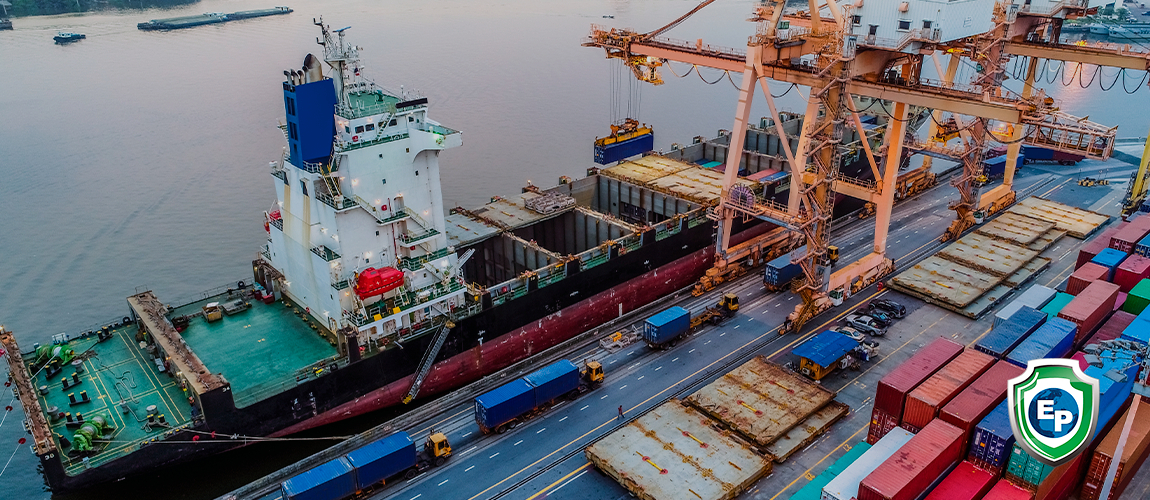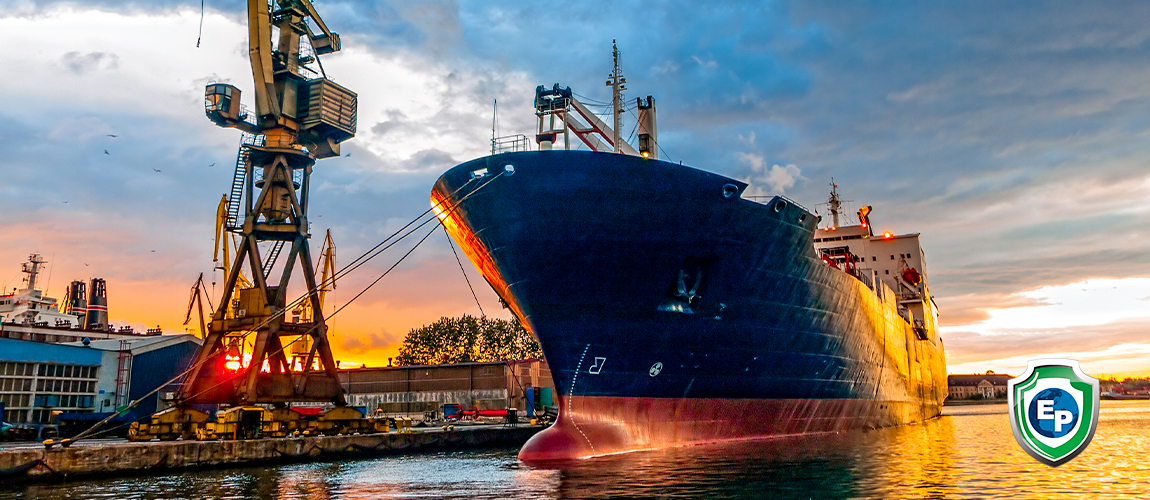Comprehensive and Progressive Agreement for Trans-Pacific Partnership (CPTPP) What You Need to Know
Are you wondering if the new Comprehensive and Progressive Agreement for Trans-Pacific Partnership will affect you? Learn all about it here!

Trade wars are hogging the headlines, but not everyone is beating the war drums. The Comprehensive and Progressive Agreement for Trans-Pacific Partnership (CPTPP) entered into force in December 2018, and first tariff cuts have already taken place.
The CPTPP is the successor of the Trans-Pacific Partnership (TPP), an agreement which had been discussed for almost a decade but was finally canceled after the U.S. had dropped out.
The eleven remaining countries – Australia, Brunei, Canada, Chile, Japan, Malaysia, Mexico, New Zealand, Peru, Singapore, and Vietnam – represent 13.4% of the world’s GDP and involve the livelihoods of 500 million people. Thus, the CPTPP is the third largest free trade area worldwide.
Reduced tariffs, improved competition, and a more seamless flow of goods and services
The CPTPP’s terms are similar to those negotiated in the TPP. Customs duties on 95% of trade in goods will be removed in the long run.
To accomplish this, the trade partners have agreed upon tariffs schedules. On 1st January 2019, Australia, Canada, Mexico, New Zealand, and Singapore have already implemented a second round of tariff cuts. Japan’s second tariff cut will take place in April 2019.
The agreement also includes commitments to liberalize critical areas such as textiles trade, remove technical barriers to trade, stimulate competition, level the playing field between state-owned enterprises and private businesses, harmonize labor laws and improve dispute settlement legislation.

CPTPP will affect a broad range of industries
Businesses that are based in CPTPP countries or conducting business in the area should stay up-to-date regarding the progress of implementation. Various industries will be affected.
Tariffs on some products will disappear entirely. Trainers exported to Mexico or shampoo exported to Vietnam will become tariff-free. Tariffs on beef exported from New Zealand to Japan will be cut from 38.5% to just 9%.
As a result, prices for consumers are likely to drop. On the other hand, it also means businesses outside of the trade alliance that export to CPTPP countries might become less competitive.
The CPTPP also aims at creating more business opportunities for small and medium-sized enterprises. For example, all suppliers will in the future have access to an independent review body when participating in government procurement opportunities.
Stay up-to-date with Export Portal
Export Portal is your go-to place for the latest news in the import/export world. Sign up for our newsletter today and stay in the loop.






Comments 0